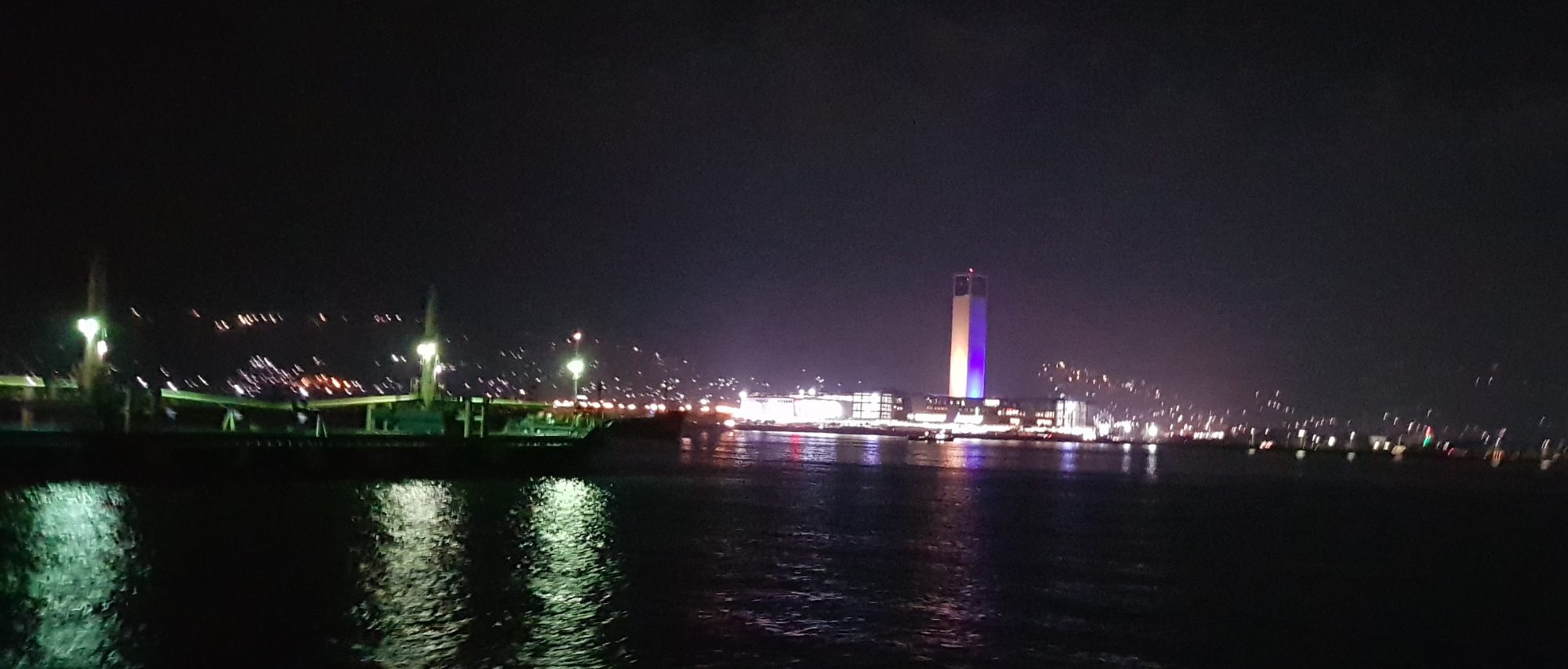Cebuanos and the Filipino in general have long embraced as their own the dance of worship they call the Sinulog and the Sinulog Festival.
The basic forward and backward dance steps of the Sinulog today is said to refer the flowing movement of the water current locally known as “sulog” and performed as a dance-prayer to venerate Senyor Santo Niño.
Indeed, Cebuano historian Resil B. Mojares wrote in this book “The Feast of the Santo Niño – An Introduction to the History of a Cebuano Devotion” that “dance-as-worship was a common practice in Pre-Hispanic culture.”
Mojares noted that the earliest description of dance in the Philippine archipelago was written by Pigafetta. The chronicler of the Spanish expedition led by Ferdinand Magellan witnessed a ritual dance by two elderly women, presumably babailans or priestesses, to consecrate a bound pig just before a big feast.
Early Jesuit missionary Fr. Pedro Chirino, Mojares noted, approved of the native dances saying these were “worthy of performance to solemnize our Christian feasts.”
Mojares quotes Chirino:
… they move their empty hands in harmony with feet, they slowly, now rapidly, now they move forward, now they step back; now they are on fire, now they are calm; now they come together, now they move apart. Everything is with graceful decency.
Though Mojares found no mention of the word Sinulog until the 20th century, he cited Cebu visitors who wrote about the dance during the January feast of the Holy Child.
Charles M. Skinner, an American writer who visited Cebu during the late 19th century, for instance, described this practice of dancing inside the Santo Niño basilica during the January feast high mass as in “insane frenzy.”
For Mojares, history has shown that through the centuries, Cebuanos had expressed devotion to their Patron Senyor Santo Niño by dancing. This makes the Sinulog a truly native practice in this city in central Philippines.
However, one thing stands out. The Sinulog is a native dance expressing devotion to Senyor Santo Niño, the Holy Child Jesus of the Christian world.
Circumnavigation
History and the Catholic Church have long taught that the Spanish expedition in 1521 led by the Portuguese explorer Ferdinand Magellan brought the image of the Holy Child from Europe to Cebu. Magellan gave the image to the native Queen Juana as a baptism present on April 14, 1521.
In world history, Magellan’s circumnavigation of the world proved that the world is round.
Another Spanish expedition led by Miguel Lopez de Legazpi found the image unscathed inside a burning hut when they arrived in Cebu in 1565. It is said that the present Basilica del Santo Niño was built on the same spot where it was found.
Those interested in tracing the origin of the image of the Santo Niño in Cebu would want to visit the Louvre Museum in Paris, France. It was reported in 2015 that the museum had acquired an image of the Santo Niño so similar to the image in Cebu. The Louvre image is said to be a twin or a brother.
Cradle of Christianity
I recently watched a tourist’s Facebook video about Cebu which he described as the place where Christianity began in the Philippines.
Of course he got it right.
But isn’t Cebu also the Cradle of Christianity in South East Asia? This is a significant distinction during the rise of the ASEAN Community — even as Filipinos in several parts of the world spread devotion to the Holy Child and the Sinulog in their own communities where they now live and work.
In a sense, the Sinulog is both local and global ever since Cebuano devotees began dancing as a form of worship for the God that Magellan introduced and proselytized n 1521.
Being both local and global at the same time apparently contributed to making the Sinulog festival a global attraction every January. More so as we inch towards the 500th celebration of Magellan’s arrival this 2021.








7 Replies to “Sinulog: Cebu’s Dance of Worship”